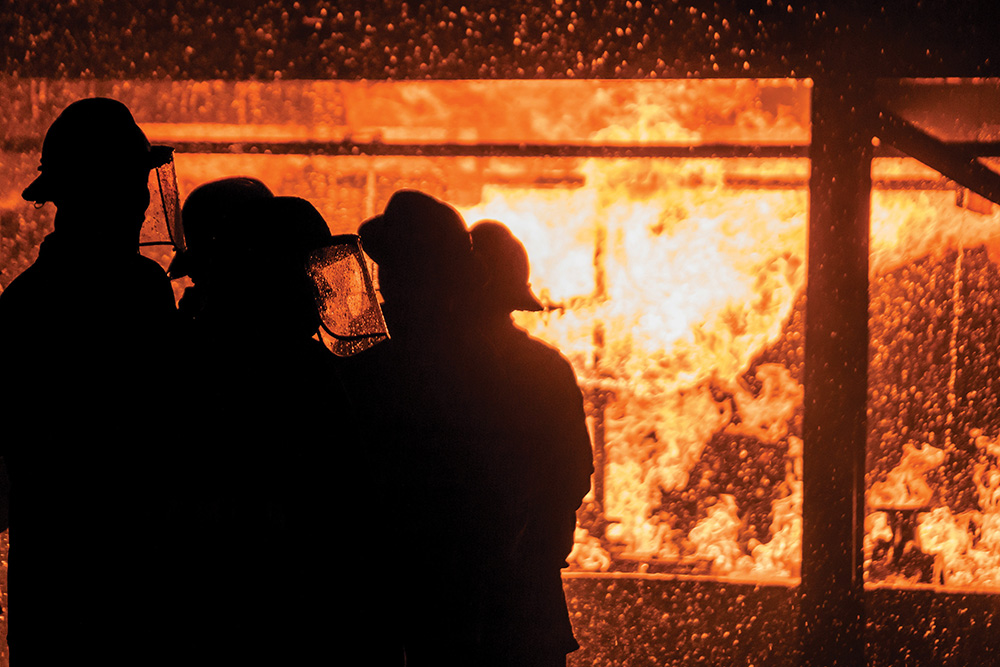
The Dangerous Substances and Explosive Atmospheres Regulations (DSEAR) are in place to ensure that establishments with substances which could cause an ignited incident have identified and appropriately managed their risks, but when we think about DSEAR, what’s the first thing that springs to mind?
For most, it’s probably hazardous area classification and zoning maps, which are a key and tangible deliverable to demonstrate compliance. The Regulations, however, go much further than this and the less tangible organisational aspects are often eclipsed by the technical requirements. The result of this is not only a weaker demonstration, but a misunderstanding of the risk and how to control it, leading to inefficient resource management. In this article, we explore how organisations can ensure they are taking a comprehensive, but pragmatic, approach to DSEAR by integrating the key principles into the wider management system.
DSEAR is not all about risk assessment and identifying potential flammable atmospheres. There is a requirement to demonstrate that at an establishment, the risks are fully understood and managed through the identification and application of appropriate control measures (both technical and organisational), emergency planning and effective communication and training. The foundation of all of these requirements is a comprehensive set of principles and processes which together form a safety management system, but often when trying to demonstrate compliance, the role of the SMS is undervalued.
A focussed management system must ensure that there are the right processes in place to identify the risks. Once identified, the system must ensure that the correct control measures are in place to manage the risk to a level that is As Low As Reasonable Practicable (ALARP). These measures must be allocated and maintained correctly by competent people who understand the risk. It must be ensured that the measures remain effective in light of any ageing mechanisms or changes to the plant and process which might occur in their lifetime. This is achieved by ensuring that the risk assessment is continuously reviewed and remains current; and so the cycle continues. Each aspect summarised here is linked back to the processes involved in a safety management system, and so it is important to ensure that any demonstration of compliance with DSEAR creates the right balance between the technical and organisational aspects, giving due consideration to the SMS.
In the rest of Europe where the ATEX directive is in force, there is a requirement to write an Explosion Protection Document (EPD) which details all of the arrangements on site for compliance. In Great Britain under DSEAR, however, there is no requirement for such a document to duplicate information in existing written systems which already describe the aspects of compliance.
It could be tempting for sites already under other regulations for managing dangerous substances, such as COMAH, to assume that a sufficient demonstration of DSEAR compliance is already made in their Safety Report, eliminating the need for an additional documentation. However, it is important to consider that DSEAR requires that all dangerous substances are taken into account, unlike COMAH which is applicable to certain substances in specified quantities, and so the documentation at COMAH sites is not always sufficient. It can therefore be deemed beneficial to have in place some sort of DSEAR compliance document to make the demonstration that a site fully understands and manages all of its risks. This document can act as a platform to demonstrate that risk management within an organisation goes well beyond the ‘where’ in the hazardous area schedule; it also has in place a well thought out safety management system which demonstrates the ‘who’, ‘what’, ‘when’, ‘how’ and ‘why’. This combination of perspectives allows for a comprehensive understanding of DSEAR and ensures that a robust demonstration can be made.













